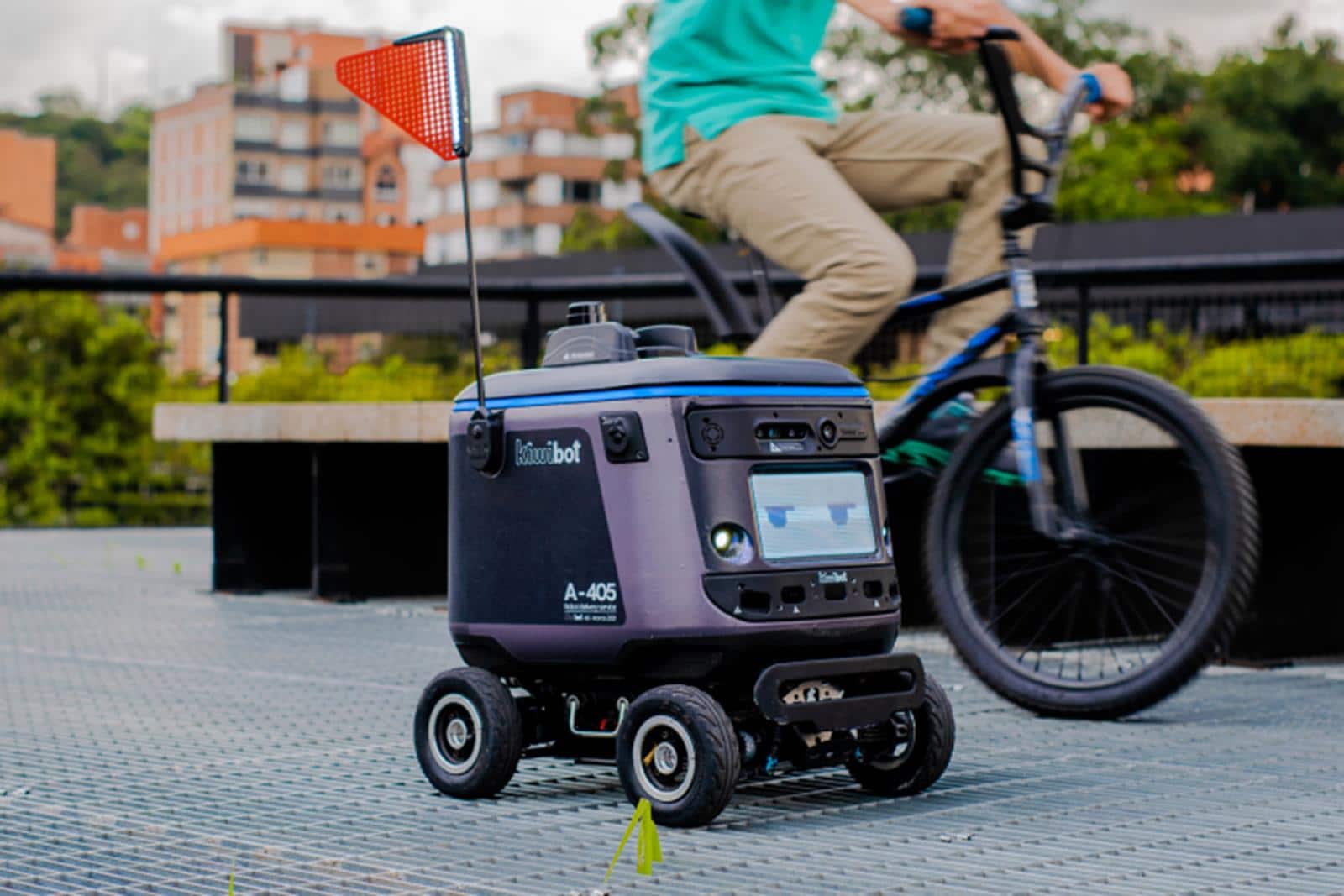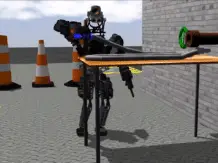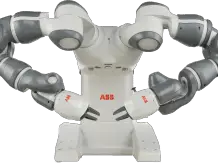The Kiwibot delivery service has just expanded into more areas in the United States, entering an even larger market – San Jose, Miami-Dade County, Pittsburgh and Detroit. This means that the semi-automatic Kiwibot robots will finally leave the sparse streets of San Jose and the University of California campus.
More and more often in the USA, the delivery of food can be carried out by semi-automatic Kiwibot robots
In fact, the four-wheeled Kiwibot robots have been earning their living since 2017, and so far 400 have been produced. Each of the four cities will receive ten Kiwibots, each being cared for by one person, although the company says they are working on a semi-autonomous basis.
Also read: Are there any robotics specialists in the room? Tesla Bot needs help
We would describe it more as a semi-automatic mode, because Kiwibots work on the principle of traveling from place to place. Although they are able to avoid possible obstacles, they are constantly supervised by an operator who can take control of them at any time.
Also read: The scientist wants to design Nobel Prize winners. Meet the assumptions of the Nobel Turing Challenge
On one 4-hour charge from a standard socket, the semi-automatic Kiwibot robots are able to travel up to 20 km, not only carrying out food deliveries, but also mapping the surroundings and collecting data on infrastructure using the MDS framework. However, their main role is to ensure that the food ordered reaches the customer in one piece, for which the company charges $ 3.99, or ~ $ 15 for one delivery.
Also read: Robots accelerate the recycling of batteries from electric vehicles
Automated to some extent, the delivery process includes reaching e.g. the back of the kitchen, automatic opening and closing of the safety hatch after receiving the food, reaching the target (customer), sending a notification in the app and opening / closing its hatch again.
Want to stay up to date with WhatsNext? Follow us on Google News















